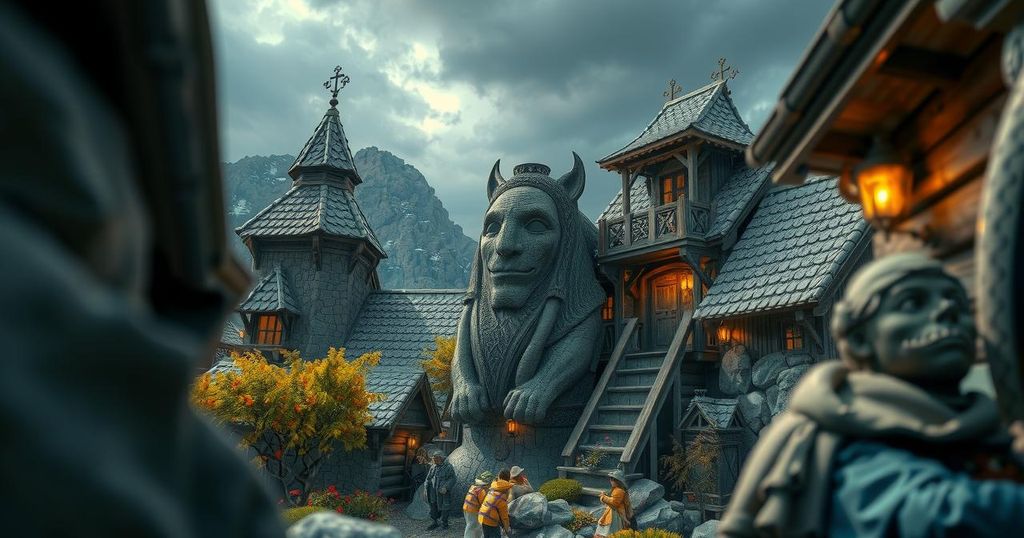Artists often find inspiration both in their immediate surroundings and through travel. The “Monet and London” exhibition showcased Monet’s transformational views of London. Similarly, the works of artists like John Griffith and Nicholas Roerich highlight how outsider perspectives can offer fresh insights into familiar landscapes.
Artists throughout history have often drawn inspiration from their immediate surroundings, including nature and cultural elements. However, travel has also played a significant role in shaping their perspectives and artistic vision. My visit to the “Monet and London” exhibition at the Courtauld Gallery spotlighted this theme, showcasing 21 pieces created by Claude Monet during his stays in London from 1899 to 1901. I was captivated by Monet’s portrayal of the Thames and the Houses of Parliament, particularly his soft pastels and manipulation of light and shadow, which beautifully captured London’s iconic fog. These works embody the deep impact London had on him. I believe people often fail to fully appreciate their own cities, a sentiment reinforced by my experiences leading heritage walks in my hometown. Would Monet have perceived the same beauty in London had he lived there? Artists, writers, and chefs frequently venture far and wide in search of inspiration that resonates at a soul level. This notion recalls the Orientalists, who journeyed through the East, capturing sights that perhaps might not hold the same allure had they been in their own locales. For instance, John Griffith’s depictions of India’s temples portray serene scenes of women clad in sarees—images that reflect a tranquil world now lost in the hustle of modernity. Griffith’s outsider perspective parallels Monet’s representation of London, offering viewers fresh insights. In contrast, Nicholas Roerich romanticised the Himalayas upon arriving in India. His works evoke a mystical quality, possibly stemming from his fascination with the concept of ‘Shambhala’. Roerich’s art often features expansive landscapes with figures that are often minimal, uniting faith and tradition through his exploration of the sublime nature of the mountains. Historically, urban centres like Bombay have also been artistic hubs, giving rise to groups such as the Progressive Artists’ Group, each reflecting their unique visions of the city. Ultimately, the perspective of an outsider can breathe new life into familiar landscapes, reminding us of the beauty that resides in our daily lives.
The theme of the article revolves around the idea that artists have always drawn inspiration from their personal environments, but travel adds fresh insights. The discussion includes examples, such as Monet’s works created in London and the perceptions crafted by Orientalist and later artists, who offered unique views of cultures and landscapes far from their own.
Through the lens of travel, artists can uncover beauty overlooked by locals. The works of Monet, Griffith, and Roerich exemplify how an outsider’s perspective often results in profound artistic expression. Appreciating the familiar through an outsider’s gaze can rekindle a sense of wonder in everyday surroundings.
Original Source: www.theweek.in






